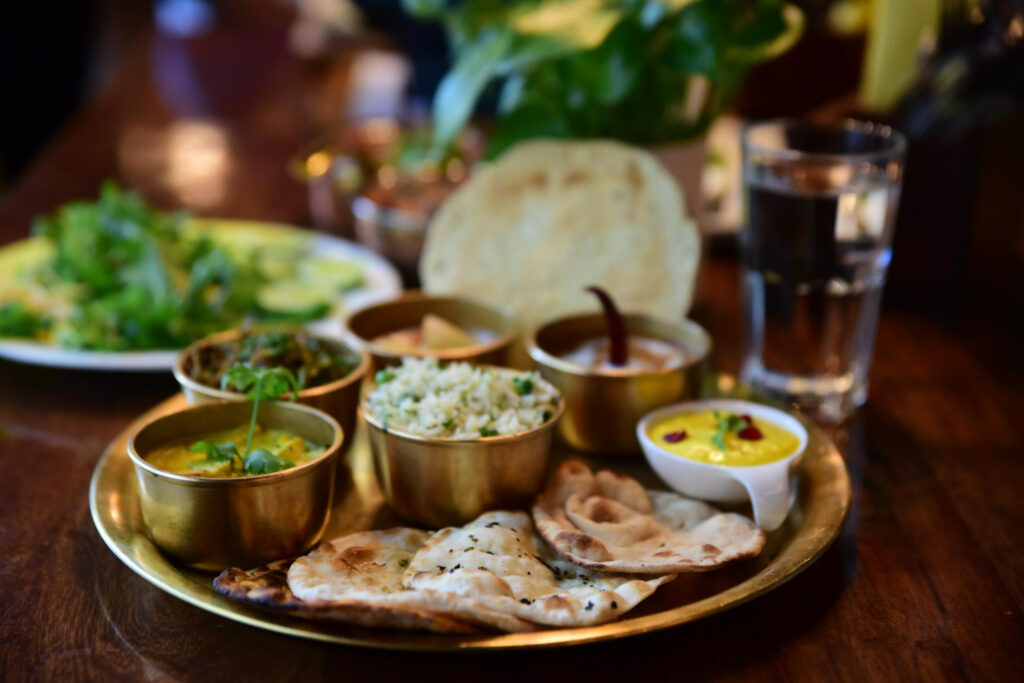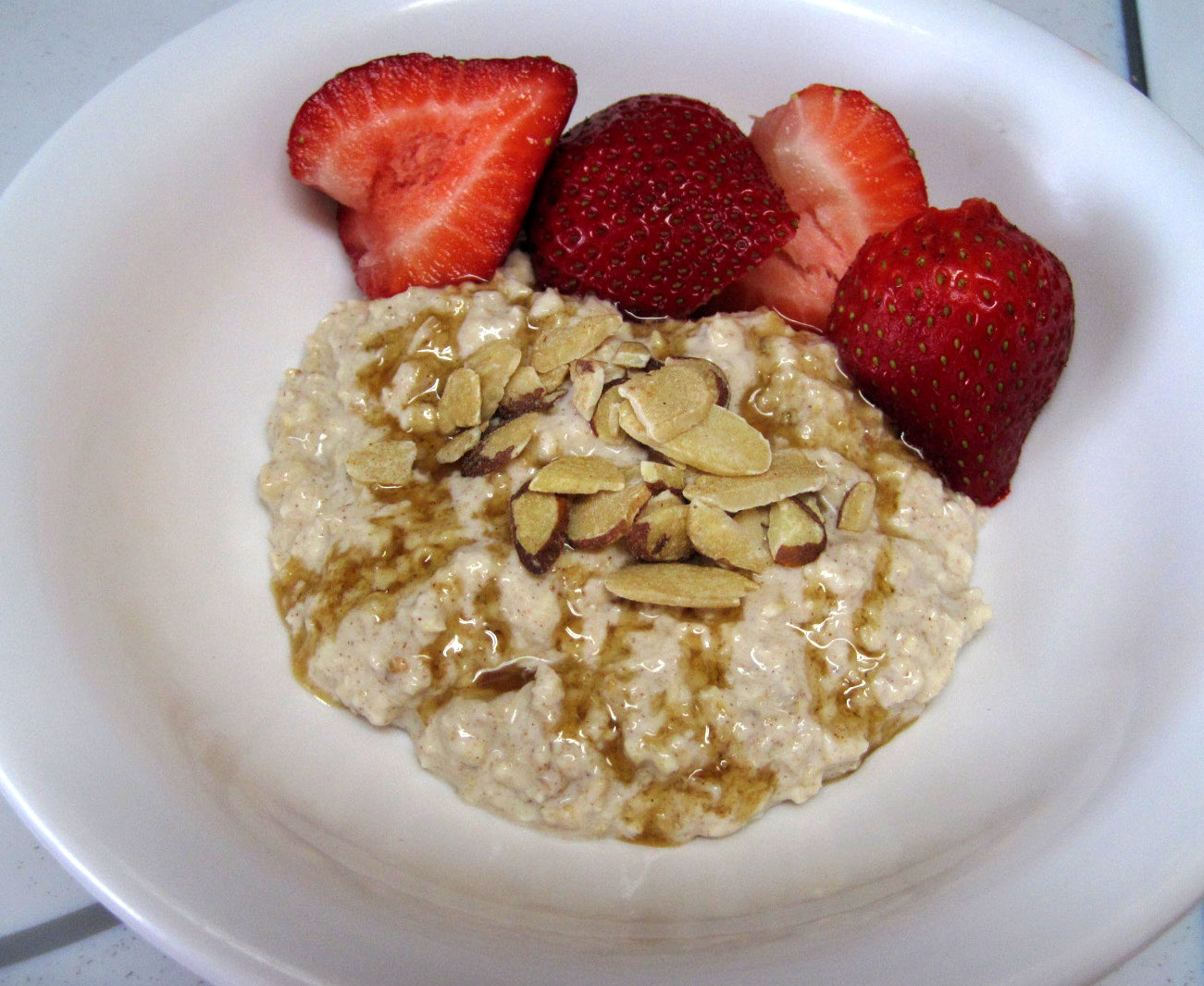Diet for diabetes can be tricky and challenging. If you are looking for a healthy and tasty meal for a
diabetic, then it can require a great deal of brainstorming. The best food for diabetes is one that does not
spike your sugar levels or add a cholesterol burden to your strained blood circulation. Before jumping on
the bandwagon of Western delicacies, why not scavenge our Indian kitchens and see what’s ‘desi’ and
best for diabetes? Here is an ode to the best Maharashtrian recipes for diabetes.
The Best Maharashtrian Recipes For Diabetes
Maharashtrian cuisine is unique because of its long culinary history, distinctive flavors, and wide variety
of dishes. Here are a few characteristics of Maharashtrian food that make it unique:
- ● Maharashtrian cuisine offers a diverse selection of flavors and ingredients, with influences from
the coastal Konkan region to the fiery flavors of Vidarbha and the landlocked Marathwada
region. - ● Maharashtrian cuisine is renowned for its bold and spicy flavors.
- ● Maharashtrian cuisine places a lot of emphasis on vegetarian foods. It is based on lentils, vegetables, grains, and dairy products, making it a refuge for vegetarians.
- ● Maharashtra is renowned for having a thriving street food culture.
- ● Maharashtrian cuisine uses a variety of nutrient-dense ingredients to support a balanced and healthy diet, including lentils, whole grains, fresh vegetables, and spices. Many foods contain components recognized to have health advantages and are prepared with little or no oil.
Rightly so, Maharashtrian food has a plethora of vegan and healthy options that make it a haven for
people with diabetes. Get ready to learn a few recipes from me that could turn out to be the best food for
diabetes.
● Methi Thepla
Methi, or fenugreek, is an elixir for diabetes. It keeps blood sugar levels in check and helps curb all the
necessary diabetes complications. Here is how you can make crispy methi theplas and store them for
travel or lunch at the office!
Ingredients:
- 1 cup fenugreek leaves (methi), finely chopped
- 1 cup whole wheat flour
- 1/4 cup besan (gram flour)
- 1/4 cup yogurt (low-fat)
- 1/2 teaspoon turmeric powder
- 1/2 teaspoon red chili powder
- 1/2 teaspoon cumin powder
- Salt to taste
- Water (as needed)
- Oil (for cooking)
Instructions:
- a. In a mixing bowl, combine fenugreek leaves, whole wheat flour, besan, yogurt, turmeric powder, red chili powder, cumin powder, and salt.
- b. Gradually add water and knead into a soft dough.
- c. Divide the dough into small balls and roll them into thin theplas.
- d. Heat a tawa (griddle) and cook the theplas on both sides using a little oil until golden brown.
- e. Serve hot with low-fat yogurt or a side of cucumber-tomato salad.
● Moong Dal Khichdi
Moon dal, peeled or with the husk, has a low glycemic index. Unlike foods with a high glycemic index, it
raises blood sugar levels gradually. This helps keep blood sugar levels steady and prevents unexpected
surges. The abundance of plant-based protein in moong dal aids in slowing down digestion and
controlling blood sugar levels. It contains a good amount of dietary fiber, which slows down digestion
and the release of glucose into the bloodstream.
Ingredients:
- 1 cup moong dal (split yellow lentils)
- 1 cup rice
- 1 medium-sized onion, finely chopped
- 1 medium-sized tomato, chopped
- 1 teaspoon ginger-garlic paste
- 1/2 teaspoon turmeric powder
- 1/2 teaspoon cumin seeds
- 1/2 teaspoon ghee (clarified butter)
- Salt to taste
- Water (as needed)
- Fresh coriander leaves (for garnish)
Instructions:
- a. Rinse the moong dal and rice together and soak them for 30 minutes.
- b. Heat ghee in a pressure cooker. Add cumin seeds and let them splutter.
- c. Add chopped onions and sauté until golden brown. Then, add ginger-garlic paste and cook for a
minute. - d. Add chopped tomatoes, turmeric powder, and salt. Cook until the tomatoes turn mushy.
- e. Drain the soaked moong dal and rice, and add them to the pressure cooker. Mix well.
- f. Add water (approximately 3 cups) and close the pressure cooker lid. Cook on medium heat for about 3 whistles, or until well cooked.
- g. Once the pressure is released, open the cooker, garnish with fresh coriander leaves, and serve hot.
● Jowar Vegetable Khichdi
A healthy and diabetes-friendly meal called Jowar Vegetable Khichdi blends jowar (sorghum) with a
variety of veggies. As a whole grain with a low glycemic index, jowar is a good substitute for rice.
Ingredients:
- 1 cup jowar grains
- 1/2 cup mixed vegetables (carrots, peas, beans, cauliflower), chopped
- 1 small onion, finely chopped
- 1 teaspoon ginger-garlic paste
- 1/2 teaspoon turmeric powder
- 1/2 teaspoon cumin seeds
- 1 tablespoon ghee (clarified butter) or oil
- Salt to taste
- Water (as needed)
- Fresh coriander leaves (for garnish)
Instructions:
- Rinse the jowar grains thoroughly and soak them in water for about 4-5 hours or overnight. Drain the soaked jowar grains and set them aside.
- Heat ghee or oil in a pressure cooker. Add cumin seeds and let them splutter.
- Add chopped onions and sauté until they turn golden brown.
- Add the ginger-garlic paste and cook for a minute until the raw smell disappears.
- Add mixed vegetables, turmeric powder, and salt. Sauté for a few minutes.
- Add the soaked jowar grains to the pressure cooker along with 3 cups of water.
- Close the pressure cooker lid and cook on medium heat for about 3-4 whistles or until the jowar grains and vegetables are well cooked.
- Once the pressure is released, open the cooker, garnish with fresh coriander leaves, and mix the khichdi well.
- Serve hot and enjoy the Jowar Vegetable Khichdi as a wholesome and nutritious meal.
● Thalipeeth
Thalipeeth can be an amazing substitute for bread and rotis. Essentially, it is a traditional multigrain
flatbread from Maharashtra that is healthy and appropriate for diabetics. It is created with a mixture of
different flours and spices, which results in a product that is high in fiber and low in glycemic load. It can
also be a go-to snack for many.
Ingredients:
- 1 cup jowar flour (sorghum flour)
- 1/2 cup bajra flour (pearl millet flour)
- 1/2 cup besan (gram flour)
- 1/4 cup rice flour
- 1 small onion, finely chopped
- 2 tablespoons fresh coriander leaves, chopped
- 2 tablespoons grated carrot
- 2 tablespoons grated cucumber
- 1 tablespoon grated ginger
- 1 green chili, finely chopped (optional)
- 1/2 teaspoon turmeric powder
- 1/2 teaspoon cumin seeds
- Salt to taste
- Water (as needed)
- Oil or ghee (clarified butter) for cooking
Instructions:
- In a mixing bowl, combine jowar flour, bajra flour, besan, rice flour, chopped onions, grated carrot,
grated cucumber, chopped coriander leaves, grated ginger, green chili (if using), turmeric powder, cumin seeds, and salt. - Gradually add water and knead the mixture into a soft dough. The consistency should be similar to that of regular chapati dough.
- Divide the dough into small portions, and flatten each portion with your palms to make round thalipeeth.
- Heat a tawa (griddle) or a non-stick pan on medium heat. Place the thalipeeth on the tawa.
- Drizzle some oil or ghee around the edges and on top of the thalipeeth.
- Cook until one side turns golden brown. Flip it over and cook the other side as well, adding a little more oil or ghee if needed.
Repeat the process for the remaining thalipeeth.
Serve hot thalipeeth with homemade yogurt or a side of fresh green chutney.
● Kulithacha Pithala
Horsegram, also known as kulith, is a wonderful superfood. It is rich in nutrients and offers several health advantages. In Maharashtra, kulith flour is used to create a semi-solid gravy known as pithla. Horse gram is a lentil with a low glycemic index that helps control blood sugar levels.
Ingredients:
- 1 cup horse gram (kulith), soaked overnight and cooked
- 2 tablespoons oil
- 1 teaspoon mustard seeds
- 1 teaspoon cumin seeds
- 1 medium-sized onion, finely chopped
- 2-3 green chilies, finely chopped
- 1 teaspoon ginger-garlic paste
- 1/2 teaspoon turmeric powder
- 1/2 teaspoon red chili powder (adjust to taste)
- Salt to taste
- Water (as needed)
- Fresh coriander leaves (for garnish)
Instructions:
- Drain the soaked horse gram and pressure cook it with water until soft. Set aside.
- Heat oil in a pan or kadai over medium heat.
- Add mustard seeds and let them splutter. Then add cumin seeds and sauté for a few seconds until
aromatic. - Add finely chopped onions and green chilies. Sauté until the onions turn golden brown.
- Add ginger-garlic paste and cook for a minute until the raw smell disappears.
- Add turmeric powder, red chili powder, and salt. Mix well.y
- Mash the cooked horse gram slightly and add it to the pan. Stir well to combine all the ingredients.
- Add water as needed to adjust the consistency of the curry.
- Cook the pithala on medium heat for 5-7 minutes, allowing the flavors to blend and the curry to thicken.
- Garnish with fresh coriander leaves.
- Serve hot Kulithacha Pithala with steamed rice or roti.
● Koshimbir (Maharashtrian Salad)
A traditional Maharashtrian salad known as koshimbir is made with a variety of vegetables, including
cucumber, tomato, onion, and curd, and is tempered with fenugreek and mustard seeds. It not only has a
low glycemic index and dietary fibers, but the curd and the tempering keep the gut healthy.
Ingredients:
- 1 cup cucumber, peeled and chopped
- 1/2 cup carrot, grated
- 1/4 cup onion, finely chopped
- 1/4 cup tomato, chopped
- 2 tablespoons fresh coriander leaves, chopped
- 1 bowl of fresh curd
- 1 tablespoon roasted peanuts (optional)
- Salt to taste
- Mustard and fenugreek seeds for tempering
Instructions:
- a. In a mixing bowl, combine cucumber, carrot, onion, tomato, and coriander leaves.
- b. Add curd and salt. Toss well to combine.
- c. Sprinkle roasted peanuts on top for added crunch (optional).
- d. Garnish with tempered spices for extra flavor.
Takeaway
To all my Marathi friends, worry not! You do not have to resort to fancy delicacies to control your blood
sugar levels. The best food for diabetes does not exist and will depend on your body’s needs, your taste,
and the availability of the ingredients. There are more Maharashtrian recipes for diabetes than
mentioned above. Feel free to share your recipes with me and let us take this diabetes-free journey
forward. you can post them in comment or email me (i will post them here).








